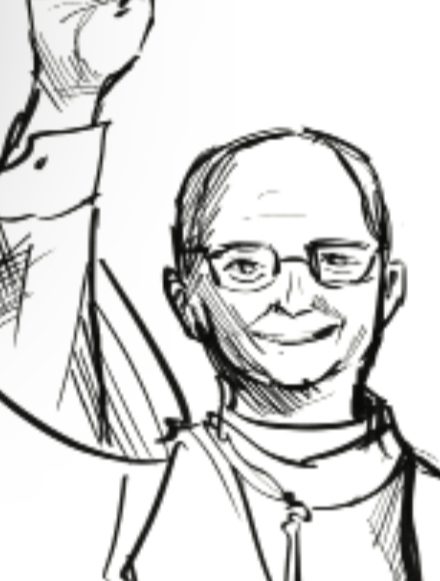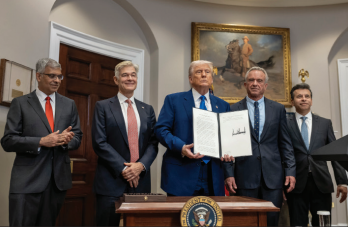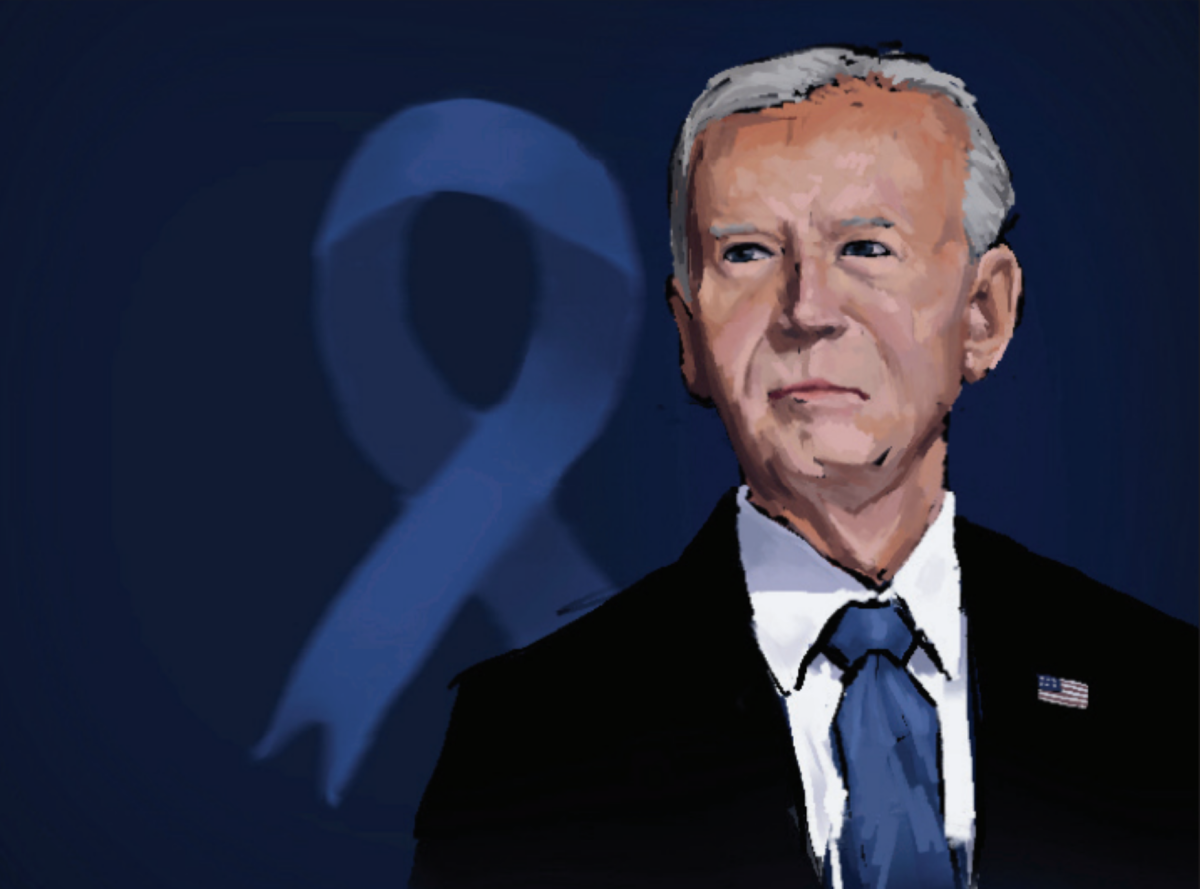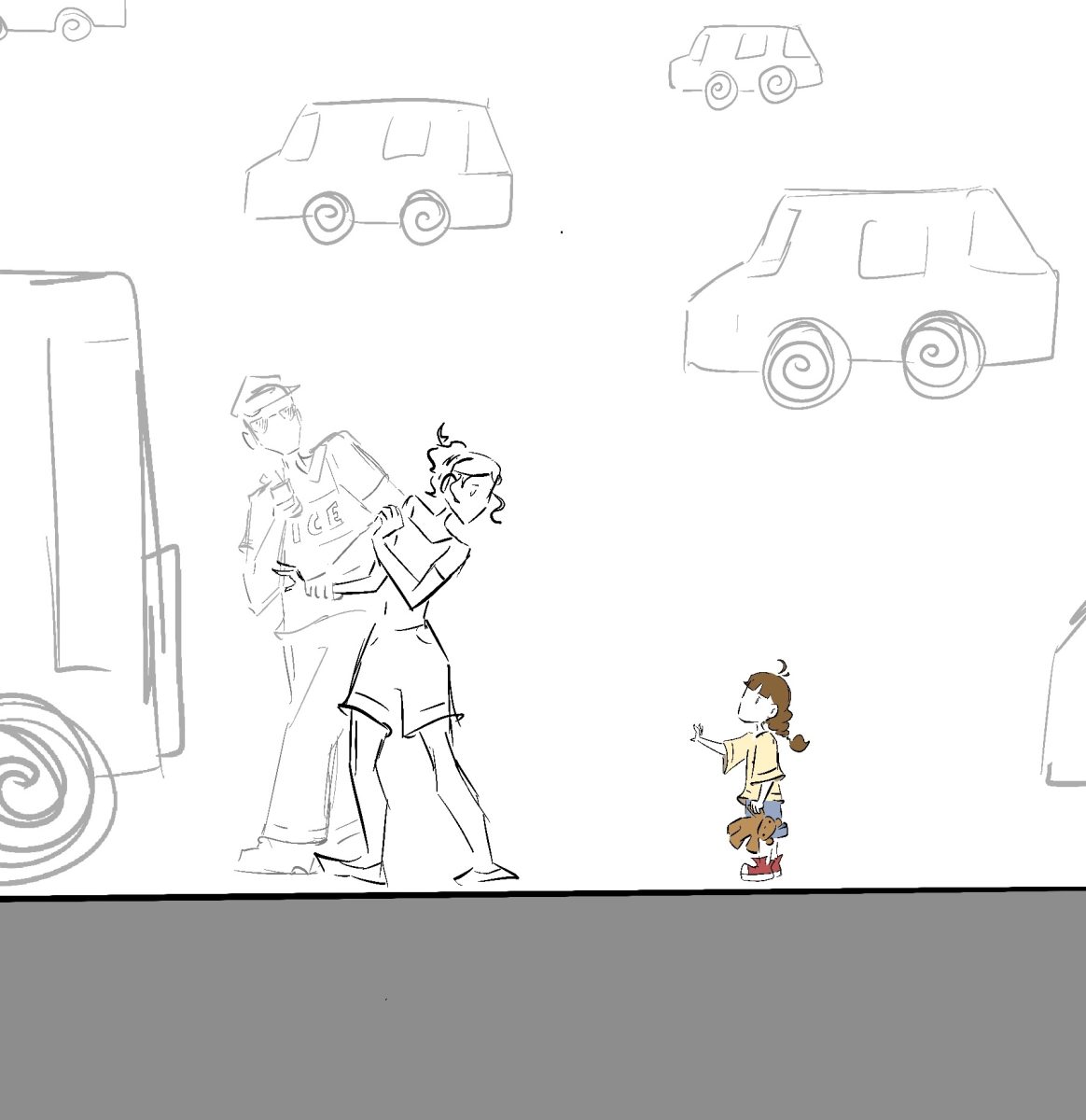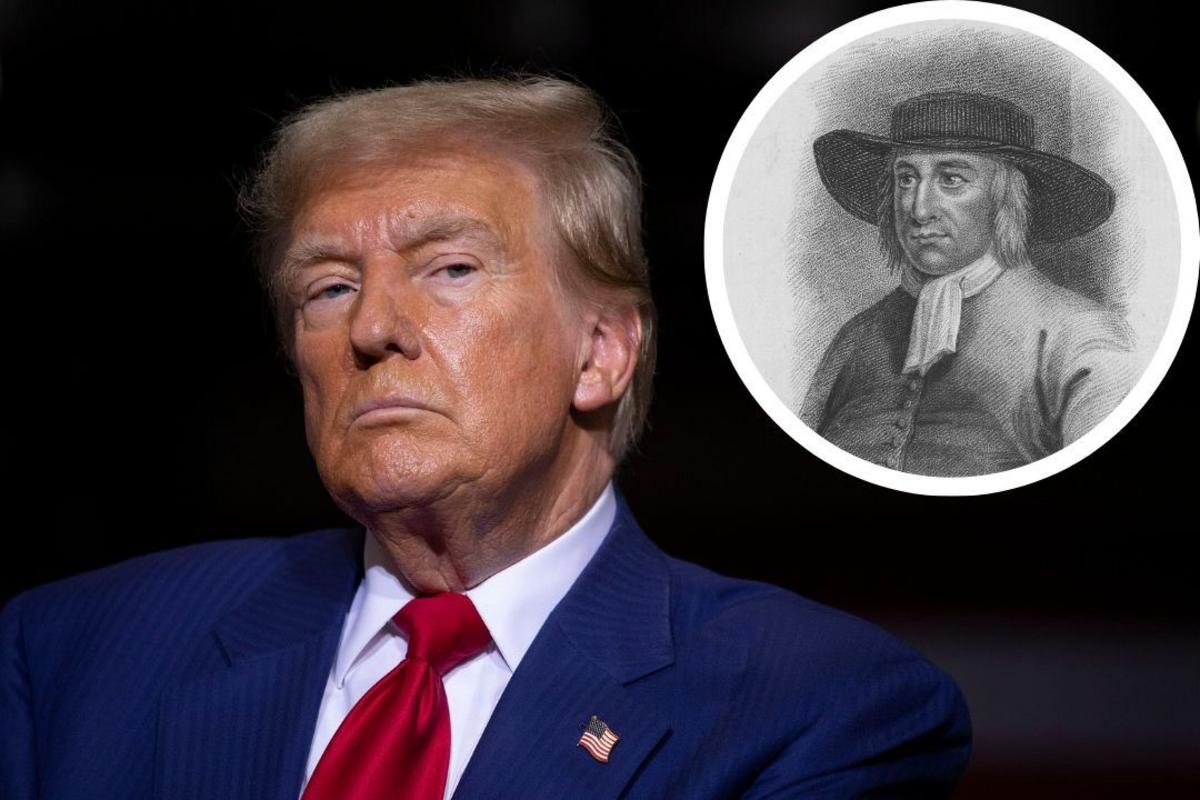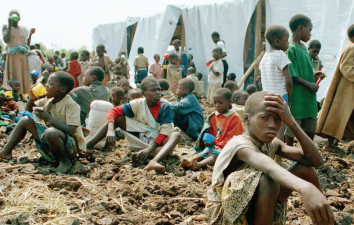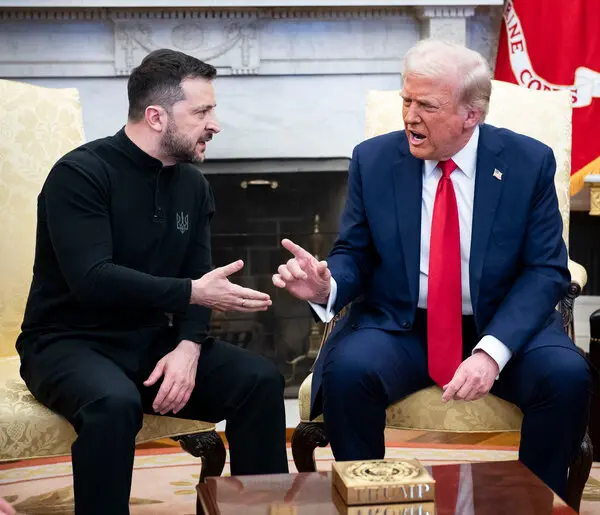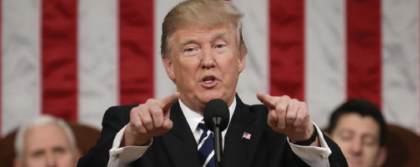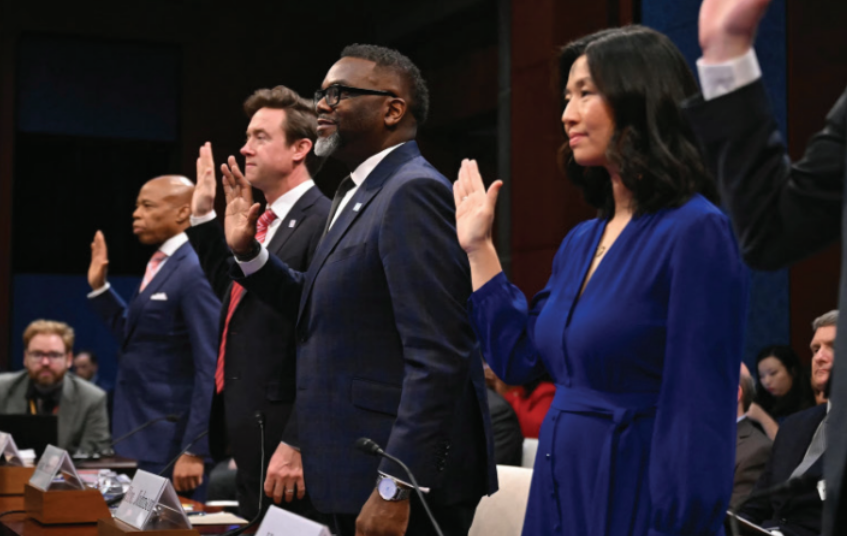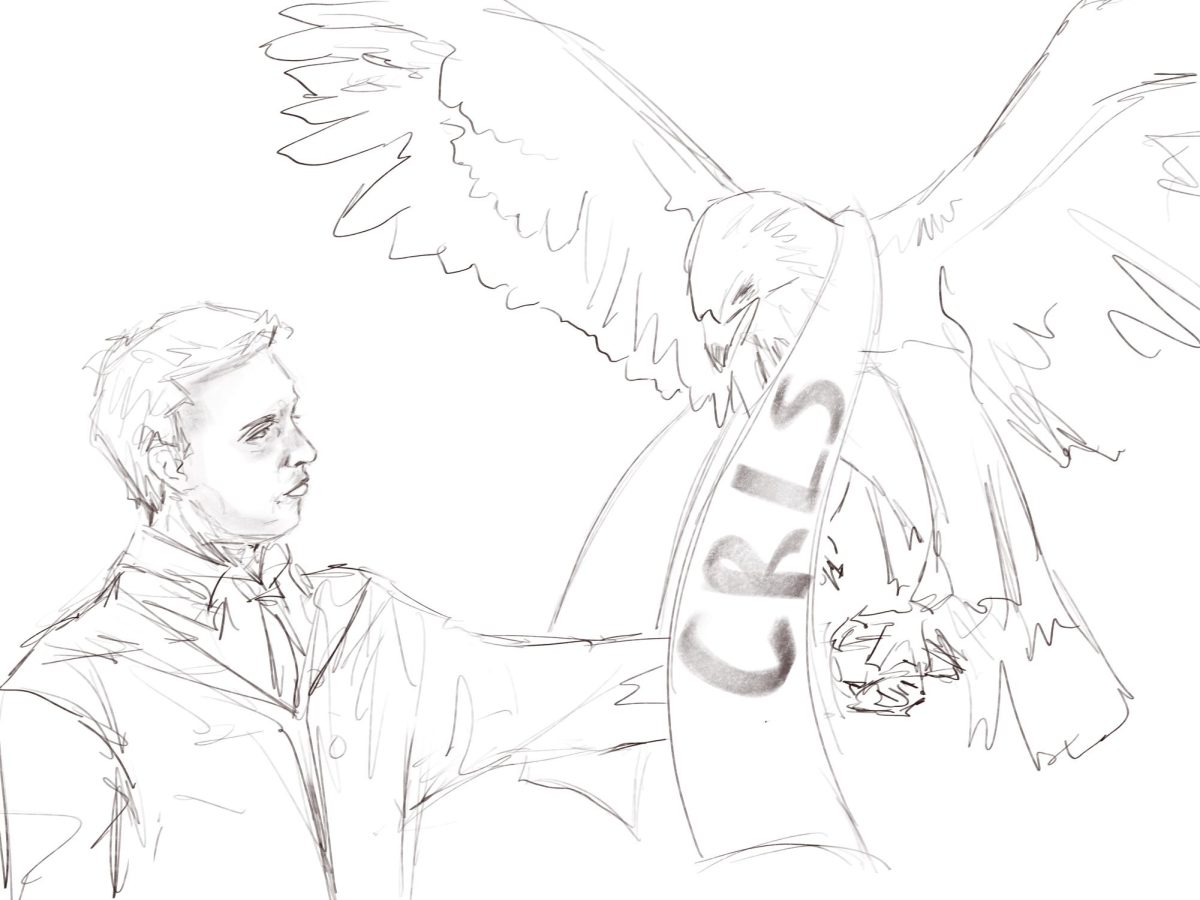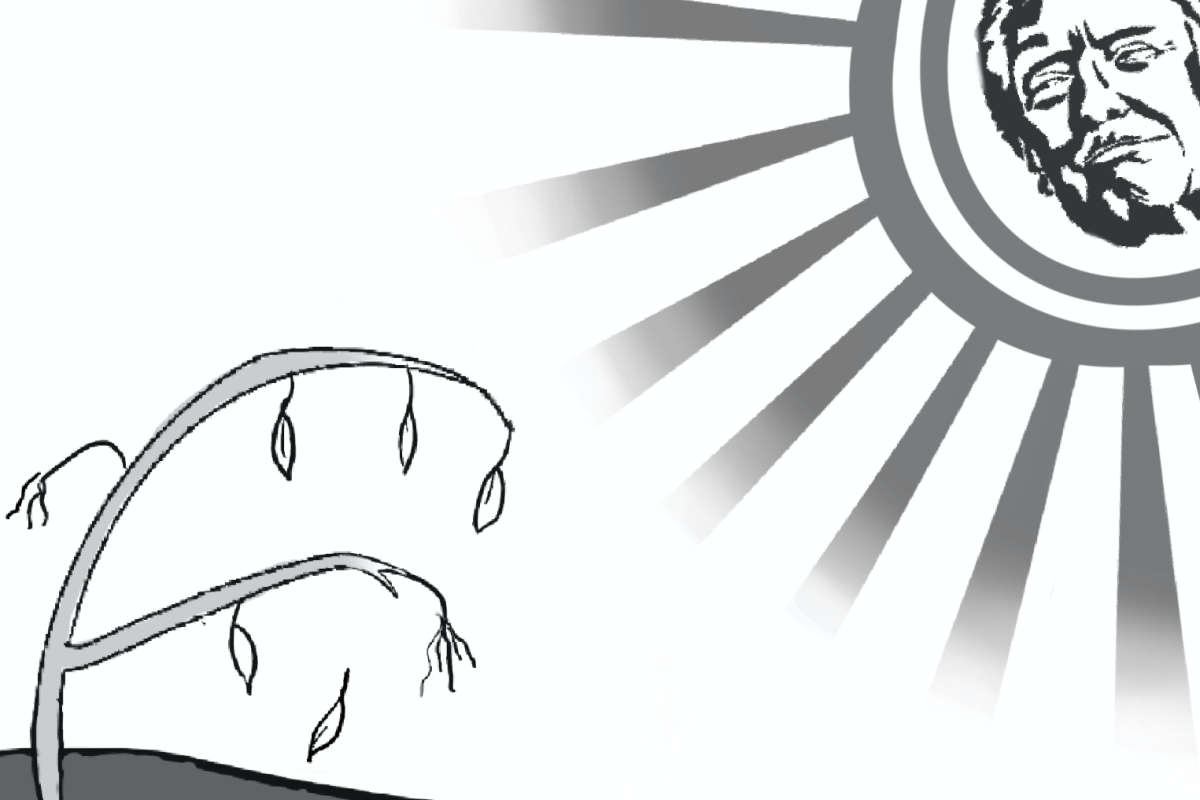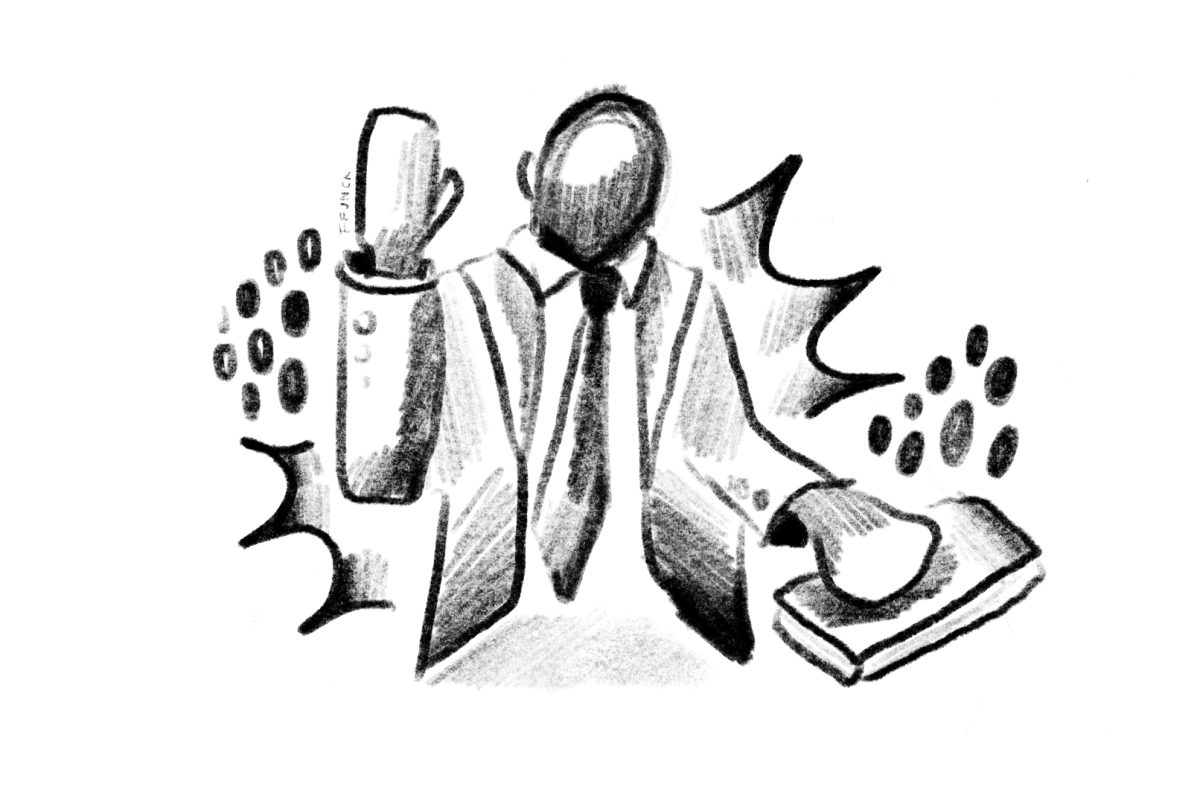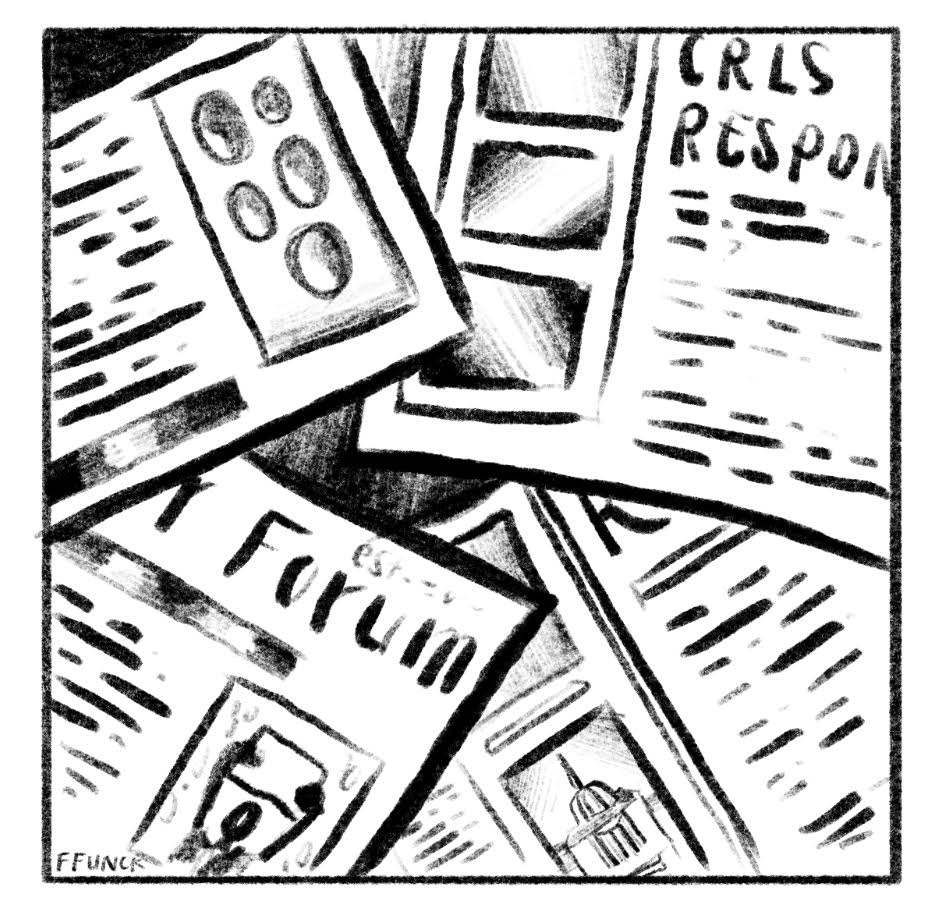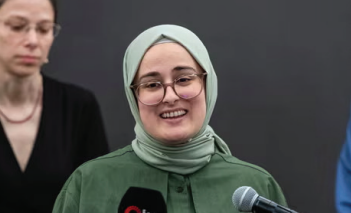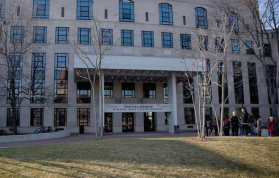On November 6, 2024, German Chancellor Olaf Scholz announced the firing of Finance Minister Christian Lindner due to clashes over how to bolster the economy. Consequently, the Free Democratic Party (FDP) cabinet ministers voluntarily left the government, leaving the Social Democratic Party of Germany (SDP) and the Green Party in control of a minority coalition. The government will now conduct snap elections—elections held before the regularly scheduled elections—in February, following a likely failed vote of confidence. But what does all this mean, and what are the implications?
Most democracies in the world have parliamentary systems in which the head of government is the Prime Minister, and is often the head of the largest party in the parliament. In Germany, the head of government is the Chancellor instead of the Prime Minister. Since Germany has multiple political parties that earn seats in the Bundestag (German Parliament) and it’s rare for a single party to win an absolute majority, a coalition government is often needed. Parties decide beforehand which issues they will take a hard stance on, and which ones they will take part in for negotiations. A coalition government is then formed to reach a majority, commonly led by one of the major parties, the Christian Democratic Union of Germany and the Christian Social Union in Bavaria (CDU/CSU) or the SDP. The cabinets are all very carefully structured. In 2005, when neither of the major parties won a majority, they formed a grand coalition with Angela Merkel of the CDU/CSU party as chancellor and a majority of the cabinet offices in SDP control.
The most recent election in 2021 saw the SPD win the largest share of the votes, though nowhere near a majority. The far-right party Alternative for Germany (AfD) has seen growing influence while running on a populist platform and taking a hard stance on immigration, which has increasingly been a top issue. Federal and state coalitions have increasingly been more about combating the power of AfD. As a consequence, parties with vastly different views on issues and policy have been forced into talks, creating a rare coalition between the SPD, the FDP, and the Green Party. A three-party coalition has not been seen since 1990, shortly after the fall of the Berlin Wall.
These differences especially came to light over Germany’s economic struggles. The largest economy in Europe has seen negative real GDP growth for two years now due to the Russian-Ukraine war causing oil prices to soar, competition in the car industry with China, high labor costs, and an aging population. The SPD and the Greens have been looking to aid the economy with government spending packages, while the FDP favored spending cuts and less regulation.
Germany’s political instability does not bode well for the rest of Europe, as Germany is one of its leaders. Germany has long been known for political stability, especially under Angela Merkel, the Chancellor before Scholz. And especially with president-elect Donald Trump’s promises for tariffs on US imports, Germany’s export-reliant economy in addition to its budget gap of billions of euros poses an extreme challenge for the next coalition, assuming the vote of confidence fails.
This article also appears in our November 2024 print edition.


